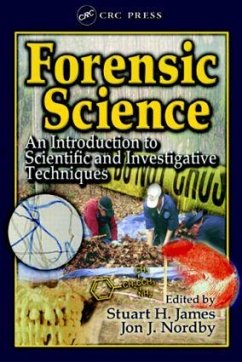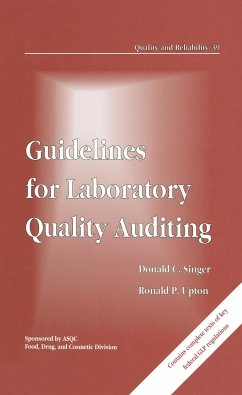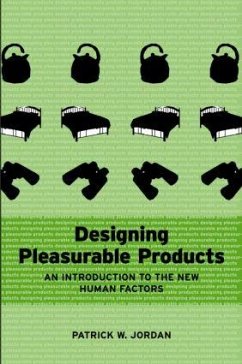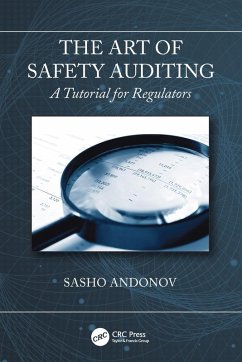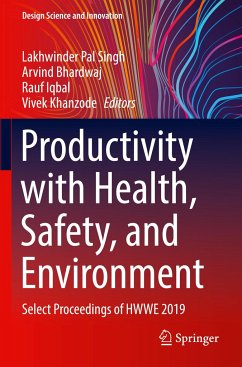Simon W. Pain is an award winning independent Safety, Health, and Environmental Management consultant based in Scotland. He has a wealth of health, safety, and environmental management experience in various manufacturing industries gained over the last thirty-seven years. Simon is a chartered mechanical engineer with more than thirty-two years experience in senior management positions with British Steel, ICI, and DuPont's engineering, manufacturing, research, and corporate functions. He has been advising company executives at the board level on safety, health, and management issues for the last twelve years. He spent many years as Divisional Safety, Health, and Environmental Manager for ICI and DuPont; the latter is widely regarded as the world benchmark company for health and safety standards. During the last twenty years he has developed novel techniques in health and safety training and communication, which were commended by the Institute of Occupational Safety & Health in November 2004. He has subsequently developed the unique SHEEMS emergency management system for small businesses. It is through this work that he has been awarded Best International Health & Safety Consultancy - Scotland and also International Health & Safety Consultancy of the Year - 2017. As a consultant, Simon specializes in raising awareness and motivating senior managers to achieve a paradigm shift in health and safety awareness. He does this by using the high-impact approach and making the subject interesting and fun. He is an expert in auditing, especially at the management level and personally designed and developed the ICI audit protocol system to ensure that auditing standards were consistent. As a Det Norske Veritas-trained auditor he has led audits not only in the United Kingdom, but also in the United States, Japan, Belgium, and the Netherlands. He regularly carries out lectures and training for health, safety, and environmental auditing. He is a Fellow of both the U.K. Institute of Mechanical Engineers and the Institute of Energy and a chartered member of the Institute of Occupational Safety & Health. He was also a member of the U.K. government's Energy Best Practice Committee and a board member for the Solway River Purification Board until the formation of the new Scottish Environment Protection Agency. Simon graduated in Mechanical Engineering from the University of Birmingham and obtained his postgraduate qualifications in health and safety from the University of Loughborough. More information at www.solwayconsulting.com







